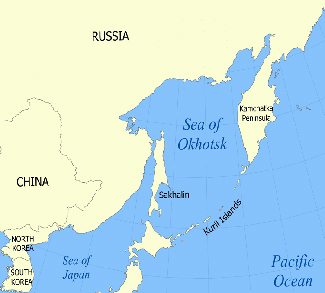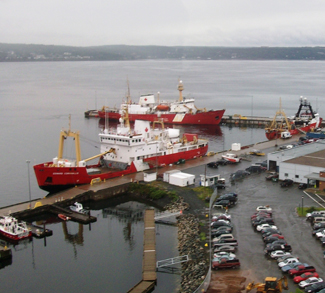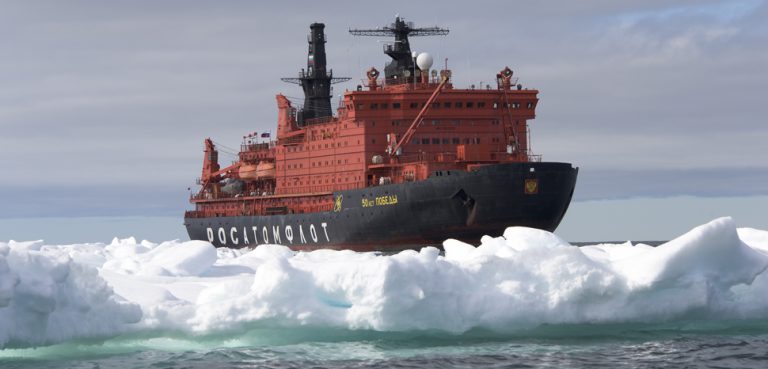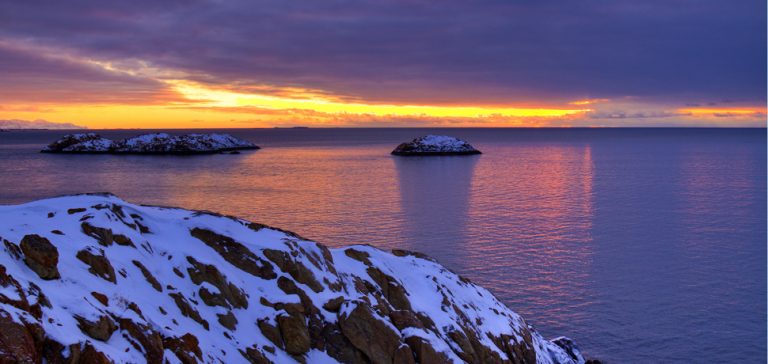The Kuril Islands dispute between Russia and Japan is not so much noteworthy with respect to its past origins, but rather for what it portends for Russia’s future foreign policy direction. Recently, Japan has stated that it’s inappropriate to host a visit by Russian President Vladimir Putin due to the ongoing dispute and recent Russian investment in militarization projects on the islands. These projects, in conjunction with Russia’s Pacific Fleet base at Vladivostok, will allow Russia to project power into several local theaters simultaneously, reflective of its more assertive foreign policy.
Northeast Asia
Originally, Russia’s economic hope was to use Japanese technological expertise and financial acumen to develop and improve resource extraction in the Russian Far East in the near-term. Strategically, Russia was also looking to Japan to help balance the rise of its quasi-ally, China. However, as Japan has sided with the West in the application of sanctions against Russia in the wake of the Ukraine crisis, these two aspirations look ever more remote.
Consequently, Japan now finds its airspace the target of regular aircraft incursions from China to the southwest and now Russia to the north. Future Russian incursions based out of the Kuril Islands are likely to continue as Russia knows Japan is the anchor of the U.S.’s “rebalance” to Asia. However, it is a vulnerable anchor due to its resource dependency and proximity to Russia, the world’s largest oil producer and natural gas exporter. Similar to how China recently highlighted Japan’s rare-earth element (REE) dependency, Russia will be using its own resources to weaken the U.S.’s play in the Pacific through its proxy Japan.
Alaskan Intrusions
Unlike the defensive Russian strategy of the early 2000s primarily concerned with the post-Soviet countries, future Russian foreign policy strategy is likely to be much more assertive. In this region, this is particularly going to be the case around Alaska. Similar to Russian air incursions into Japanese airspace, there have been several instances of Russian aircraft flying in proximity to U.S. airspace near Alaska.
The Kuril Islands form the northernmost portion of the First Island Chain, which China is trying to break through in Southeast Asia in order to reach the Second Island Chain and expand its influence. Russia has taken notice of this and Beijing’s strategic importance placed on its Hainan Island military facility, and is looking to replicate its model northward. In the long-term, any future Russian military base on the Kuril Islands will help not only to protect Russia’s local huge oil and natural gas reserves, but simultaneously help to project power close to U.S. shores and airspace. Specifically, Russia is proactively intimating that it will tolerate no interference from other great powers in this geographic area and if interference does occur, it has the ability to reciprocate at will, a capability which China has also recently demonstrated near Alaska.
The Arctic Holy Grail
Similar to how a Kuril Islands military presence will help supplement Vladivostok’s place in Russia’s Pacific Ocean strategy, it will also aid Russia’s current and planned Arctic military bases in their implementation of Russia’s Arctic strategy in the future. Unlike Central Asia where Russia has effectively ceded economic primacy to China, it will be unwilling to do so in the Arctic, preferring military as well as economic preeminence. This is because current estimates show the Arctic is even more resource-rich than Central Asia in oil, gas, and REEs. Additionally, Russia has the longest Arctic coastline. Lastly, the Northern Sea Route runs through Russia’s Exclusive Economic Zone (EEZ) and aims to more effectively connect markets from Europe to Asia and vice-versa, similar to China’s “One Belt, One Road” initiative.
Any military base(s) on the Kuril Islands will be close enough to the Bering Sea, the gateway to the Arctic from East Asia, to protect Russia’s economic interests there while also serving as a deterrent of sorts against outside powers. The Arctic is not a busy international commercial route yet on the order of the South China Sea, but by strategically building and re-building military bases in the vicinity, Russia is planning several moves ahead.
Putin’s Thesis
Summarily, the Kuril Islands dispute is just one element in Russia’s overall strategy of using its geography, natural resource endowment, and proximity to resource-hungry states to underwrite its development. This was the core of Putin’s doctoral thesis almost twenty years ago and comes as no surprise to close Russia-watchers today. Currently, this economic development is underwriting Russia’s re-emergence as a great power and should be expected to continue in the future.




